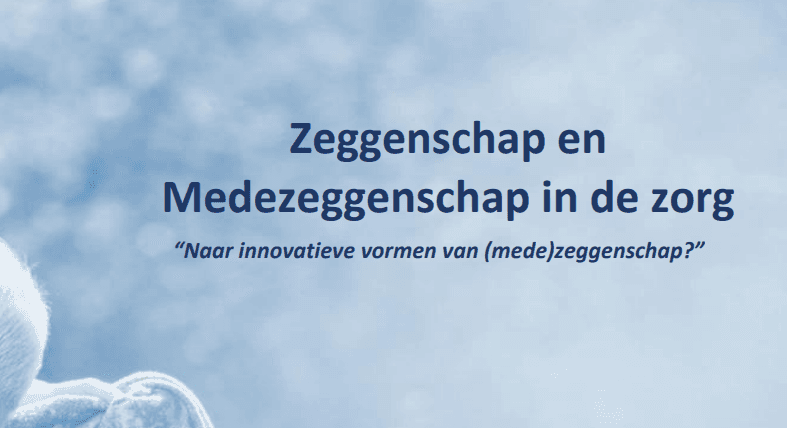
In a recent report by the Governance Innovation and Advisory Committee (IAC), titled ‘Employee Participation and Co-Determination in Healthcare: Towards Innovative Forms of Participation?’, healthcare organizations share their experiences with new forms of input, engagement, and decision-making. The conclusion: formal councils are valuable, but no longer always align with today’s complex healthcare organizations.
The healthcare sector is undergoing major changes, with regional and cross-domain collaboration increasingly taking center stage. At the same time, there is a growing need for more flexible, tailored, and integrated approaches to organizing employee participation and co-determination. Examples include input via digital platforms, collaboration between different councils, and organizing participation within regional networks.
Based on interviews conducted by the Governance Innovation and Advisory Committee (IAC) with executives, client councils, nursing advisory boards, works councils, and other stakeholders, Renate Vink-Dijkstra and Eveline Bakker compiled this report. It offers practical tools and inspiration to help organizations reflect on questions such as:
Below, we answer the most frequently asked questions on this topic—and show how your organization can benefit.
Participation refers to the direct influence of professionals or clients on decision-making. Co-determination is the formal mechanism through which stakeholders—often via councils such as client or works councils—have advisory or approval rights. Both forms play a crucial role in building support and ensuring the quality of decisions within healthcare organizations.
Many organizations interviewed indicated that traditional structures (such as formal meeting formats) no longer align with the dynamics of modern healthcare. They are sometimes too slow, too narrow in perspective, or not suited to the pace and urgency of change—especially in regional or community-based care.
Consider hybrid models such as digital consultation platforms, informal advisory circles, joint working groups between different councils, or experiments with “open table” decision-making, where directly involved professionals take part in discussions.
Greater engagement, better decisions, broader support, increased job satisfaction, and higher client satisfaction. The report also shows that making smart use of legal flexibility—leveraging what is legally possible—leads to creative solutions while remaining compliant with the law.
Start with an open conversation: what works well and what doesn’t? Who feels heard? Use the checklist (see below) or invite an external party to review both the structure and culture of participation and co-determination.
The report is available for free download via the Brancheorganisaties Zorg.
At the request of the IAC, we compiled this report based on the interviews conducted by the committee. We support multiple organizations in designing future-proof participation and co-determination structures. This includes sharp analyses of the current situation, facilitating dialogue sessions with stakeholders, and designing and implementing appropriate (often hybrid) forms of input. Always tailored, and always in co-creation with executives, professionals, and participation councils. Interesse in een gesprek of sessie? Interested in a conversation or session? Contact Renate Vink-Dijkstra or Eveline Bakker.
Would you like to receive a monthly overview of updates and blogs in your inbox? Subscribe to our newsletter here!